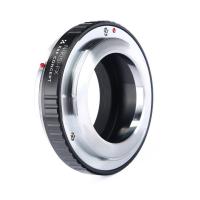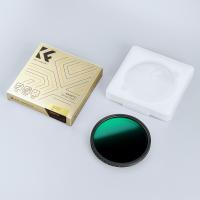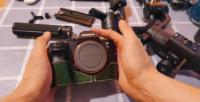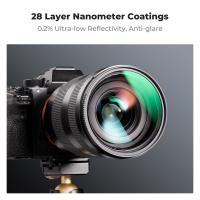What Does Salmonella Look Like Under A Microscope ?
Salmonella bacteria are rod-shaped and typically measure about 2-5 micrometers in length. Under a microscope, they appear as individual cells or in chains. Salmonella cells have a cell wall and a thin outer membrane, giving them a Gram-negative staining characteristic. They do not possess flagella, which are whip-like structures used for movement. However, some strains of Salmonella may have fimbriae or pili, which are hair-like projections on the cell surface that aid in attachment to host cells. Additionally, Salmonella bacteria may contain plasmids, which are small, circular pieces of DNA that can be transferred between bacteria and carry genes for antibiotic resistance or other traits. Overall, the microscopic appearance of Salmonella bacteria can vary slightly depending on the specific strain and growth conditions.
1、 Gram-negative, rod-shaped bacteria with flagella
Salmonella is a Gram-negative, rod-shaped bacterium with flagella. When observed under a microscope, it appears as a slender, elongated rod with rounded ends. The bacteria are typically around 2-5 micrometers in length and 0.5-1.5 micrometers in width. The flagella, which are whip-like structures, can be seen protruding from the surface of the bacterium. These flagella enable Salmonella to move and swim in liquid environments.
It is important to note that Salmonella is a highly diverse genus, consisting of numerous serotypes that can vary in their appearance. Different serotypes may exhibit variations in size, shape, and flagella arrangement. Additionally, the appearance of Salmonella can also be influenced by growth conditions and the stage of the bacterial life cycle.
Advancements in microscopy techniques have allowed for more detailed observations of Salmonella. For instance, electron microscopy provides higher resolution images, revealing finer structural details of the bacterium. This has helped researchers gain a better understanding of the surface features, such as pili and fimbriae, which play a role in adhesion and colonization.
Furthermore, recent studies have focused on using fluorescence microscopy to visualize Salmonella within host cells. This technique involves labeling specific components of the bacterium, such as the cell wall or DNA, with fluorescent dyes. By doing so, researchers can track the intracellular localization of Salmonella during infection and study its interactions with the host cell.
In summary, Salmonella appears as Gram-negative, rod-shaped bacteria with flagella when observed under a microscope. Ongoing advancements in microscopy techniques continue to enhance our understanding of the structural characteristics and behavior of this pathogenic bacterium.
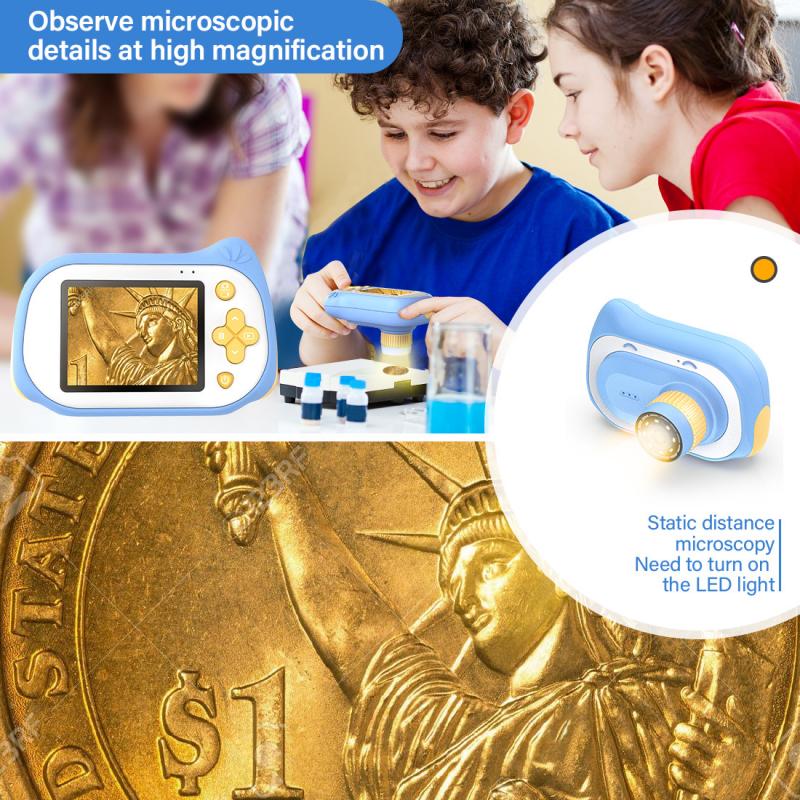
2、 Non-spore forming, motile bacteria with peritrichous flagella
Salmonella is a type of bacteria that can cause food poisoning in humans. When observed under a microscope, Salmonella appears as non-spore forming, motile bacteria with peritrichous flagella.
Non-spore forming means that Salmonella does not produce spores, which are a dormant form of bacteria that can survive in harsh conditions. Instead, Salmonella remains in its vegetative state, actively growing and reproducing.
Motile bacteria are capable of movement, and Salmonella exhibits this characteristic through the presence of peritrichous flagella. Peritrichous flagella are numerous hair-like structures that surround the entire bacterial cell, allowing it to move in a whip-like motion.
It is important to note that the appearance of Salmonella under a microscope may vary depending on the specific strain and growth conditions. Additionally, advancements in microscopy techniques and technology may provide more detailed observations of Salmonella in the future.
Understanding the microscopic characteristics of Salmonella is crucial for its identification and diagnosis. Laboratory technicians can use these features to differentiate Salmonella from other bacteria and confirm its presence in samples, such as food or clinical specimens.
Overall, Salmonella can be identified under a microscope as non-spore forming, motile bacteria with peritrichous flagella. This knowledge aids in the detection and prevention of Salmonella-related infections, helping to ensure food safety and public health.

3、 Appear as pink colonies on MacConkey agar
Salmonella is a type of bacteria that can cause food poisoning in humans. When observed under a microscope, Salmonella appears as rod-shaped bacteria, typically measuring 2-5 micrometers in length and 0.5-1.5 micrometers in width. These bacteria are Gram-negative, meaning they do not retain the crystal violet stain during the Gram staining process.
Salmonella can be visualized using various staining techniques, such as the Gram stain or the acid-fast stain. The bacteria appear as pink or red rods when stained with the Gram stain, indicating their Gram-negative nature. However, it is important to note that the appearance of Salmonella under a microscope can vary depending on the staining method used and the specific strain of the bacteria.
In laboratory settings, Salmonella is often cultured on specific media, such as MacConkey agar. MacConkey agar contains lactose and bile salts, which inhibit the growth of Gram-positive bacteria and allow for the selective growth of Gram-negative bacteria like Salmonella. On MacConkey agar, Salmonella colonies typically appear as pink or red, indicating their ability to ferment lactose.
It is worth mentioning that advancements in microscopy techniques and staining methods have allowed for more detailed observations of Salmonella. For instance, fluorescence microscopy can be used to visualize specific components of the bacteria, such as the flagella or the presence of specific proteins. Additionally, electron microscopy provides higher magnification and resolution, allowing for the examination of the ultrastructure of Salmonella.
In conclusion, Salmonella appears as rod-shaped, Gram-negative bacteria under a light microscope. When cultured on MacConkey agar, Salmonella colonies typically appear as pink or red due to their ability to ferment lactose. However, it is important to note that the appearance of Salmonella can vary depending on the staining method used and the specific strain of the bacteria.

4、 Oval-shaped cells with a single polar flagellum
Salmonella is a type of bacteria that can cause food poisoning in humans. When observed under a microscope, Salmonella appears as oval-shaped cells with a single polar flagellum. The cells are typically around 2 to 5 micrometers in length and 0.7 to 1.5 micrometers in width.
The oval shape of Salmonella cells is a characteristic feature that helps distinguish them from other bacteria. The cells have a smooth outer membrane and lack any distinct structures like capsules or spores. The single polar flagellum, a whip-like structure, enables the bacteria to move and swim in liquid environments.
It is important to note that the appearance of Salmonella under a microscope can vary depending on the strain and growth conditions. Some strains may exhibit variations in size, shape, or flagellar arrangement. Additionally, Salmonella can exist in different forms, including motile and non-motile variants. Motile forms possess flagella and are capable of movement, while non-motile forms lack flagella and are immobile.
Advancements in microscopy techniques have allowed for more detailed observations of Salmonella. For instance, electron microscopy provides higher magnification and resolution, enabling researchers to examine the fine structures of the bacteria. This has led to a better understanding of the various components of Salmonella cells, such as the cell wall, cytoplasm, and flagellar structure.
In conclusion, Salmonella appears as oval-shaped cells with a single polar flagellum when observed under a microscope. However, it is important to consider that there can be variations in size, shape, and flagellar arrangement among different strains and growth conditions.






















